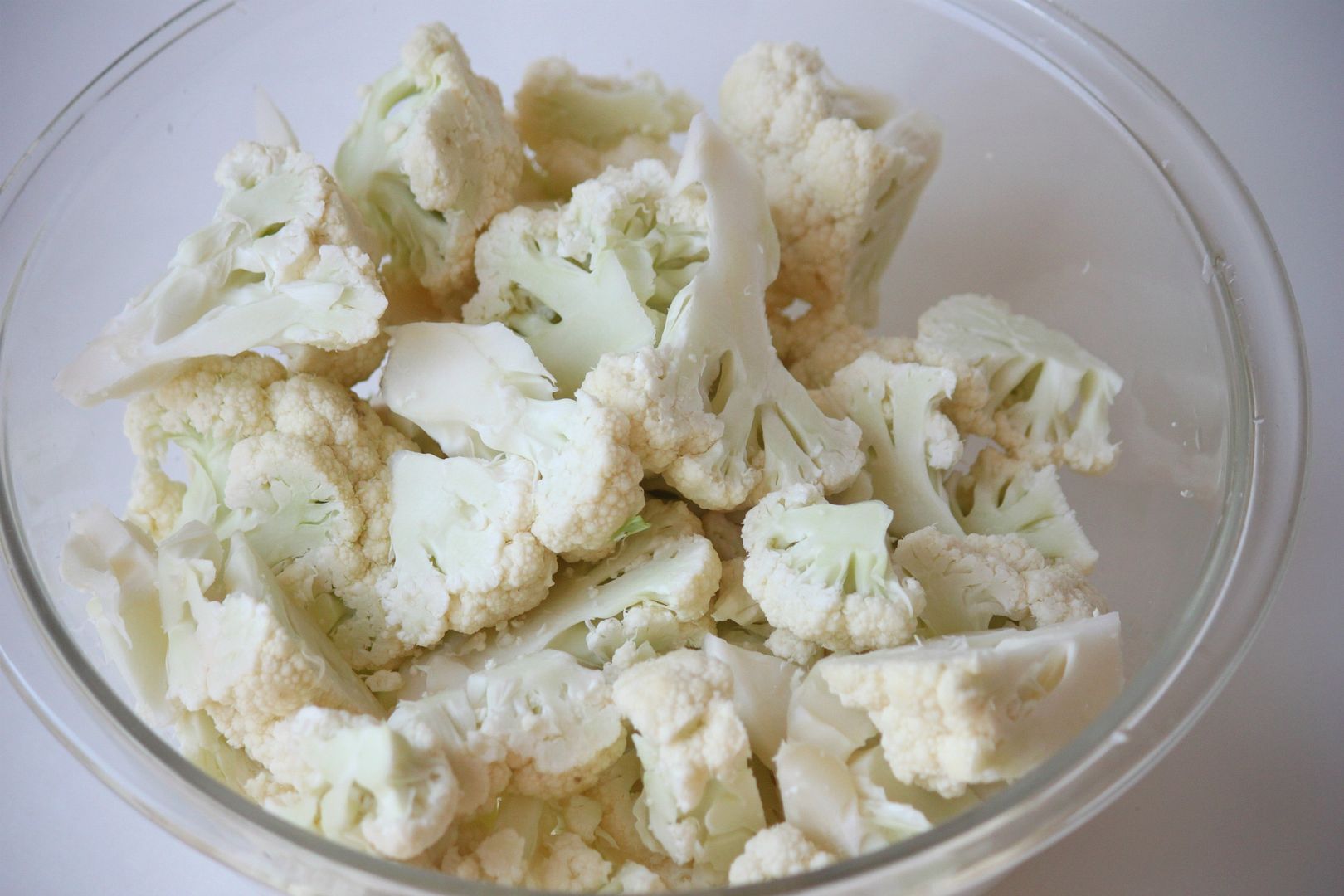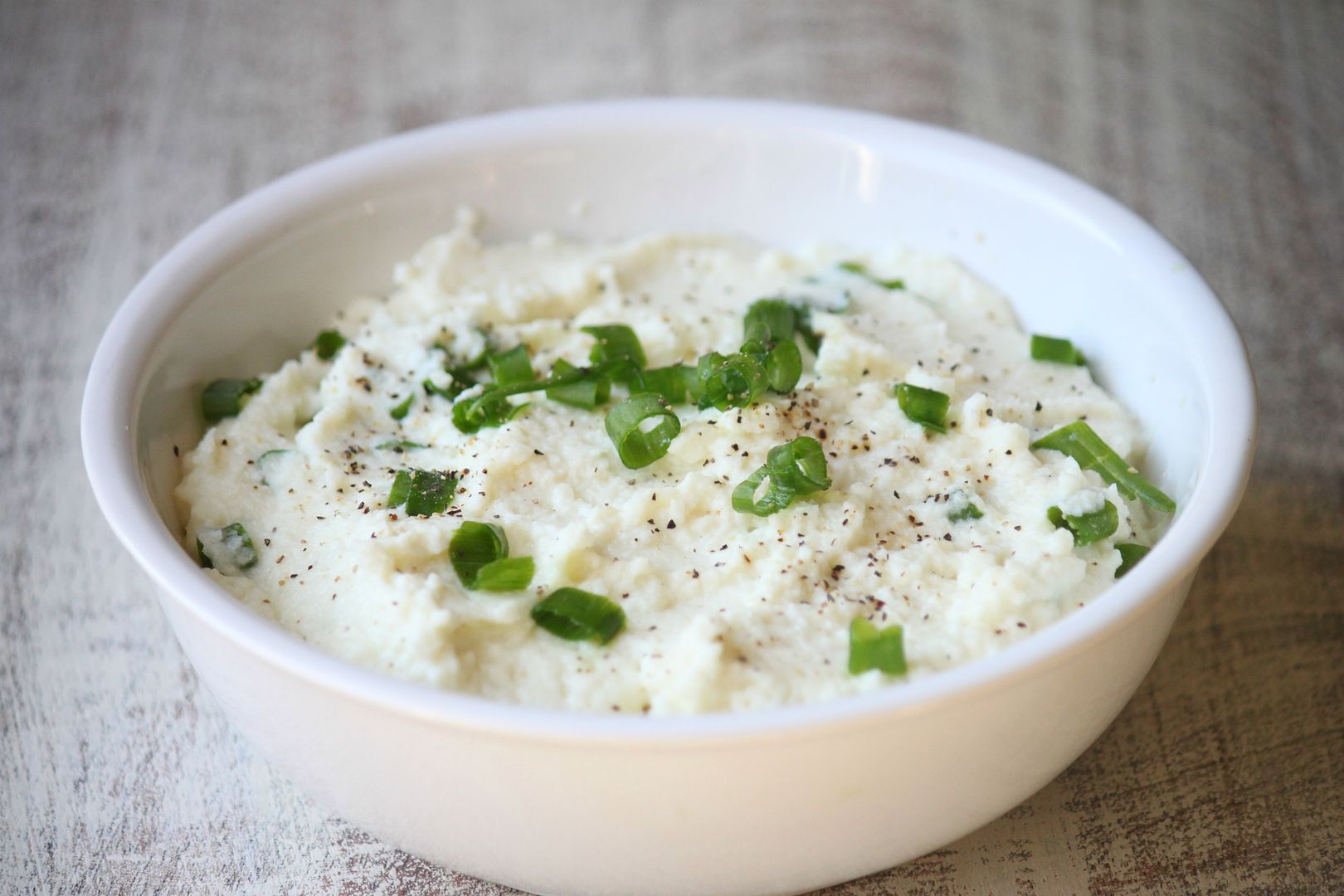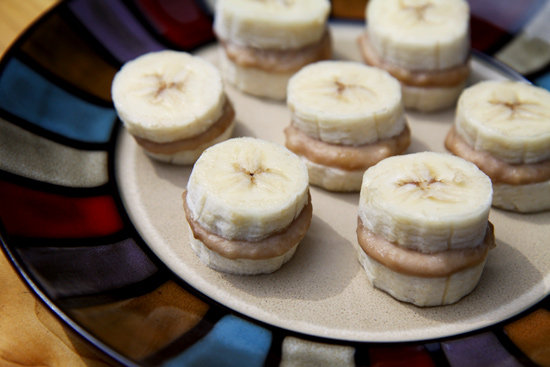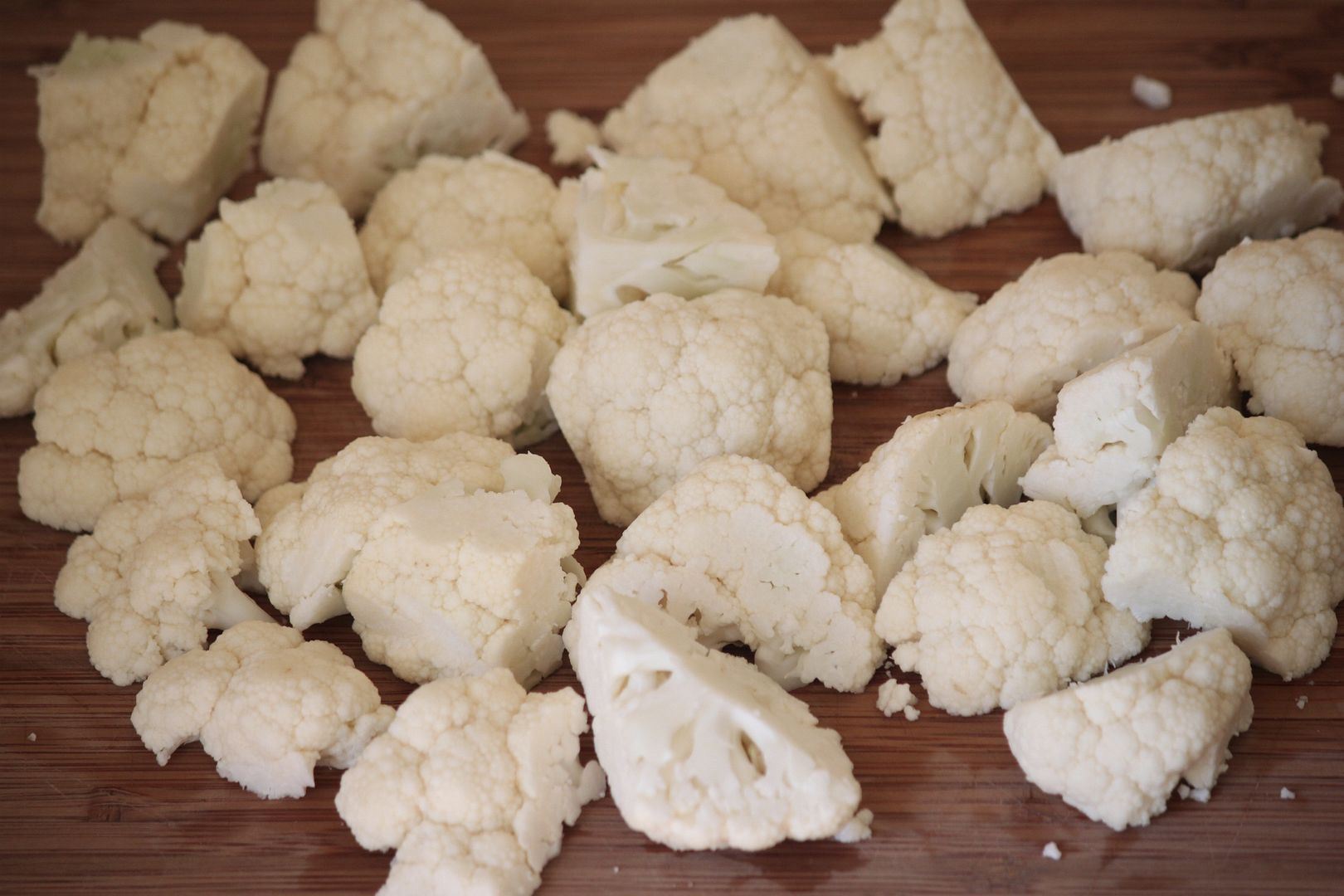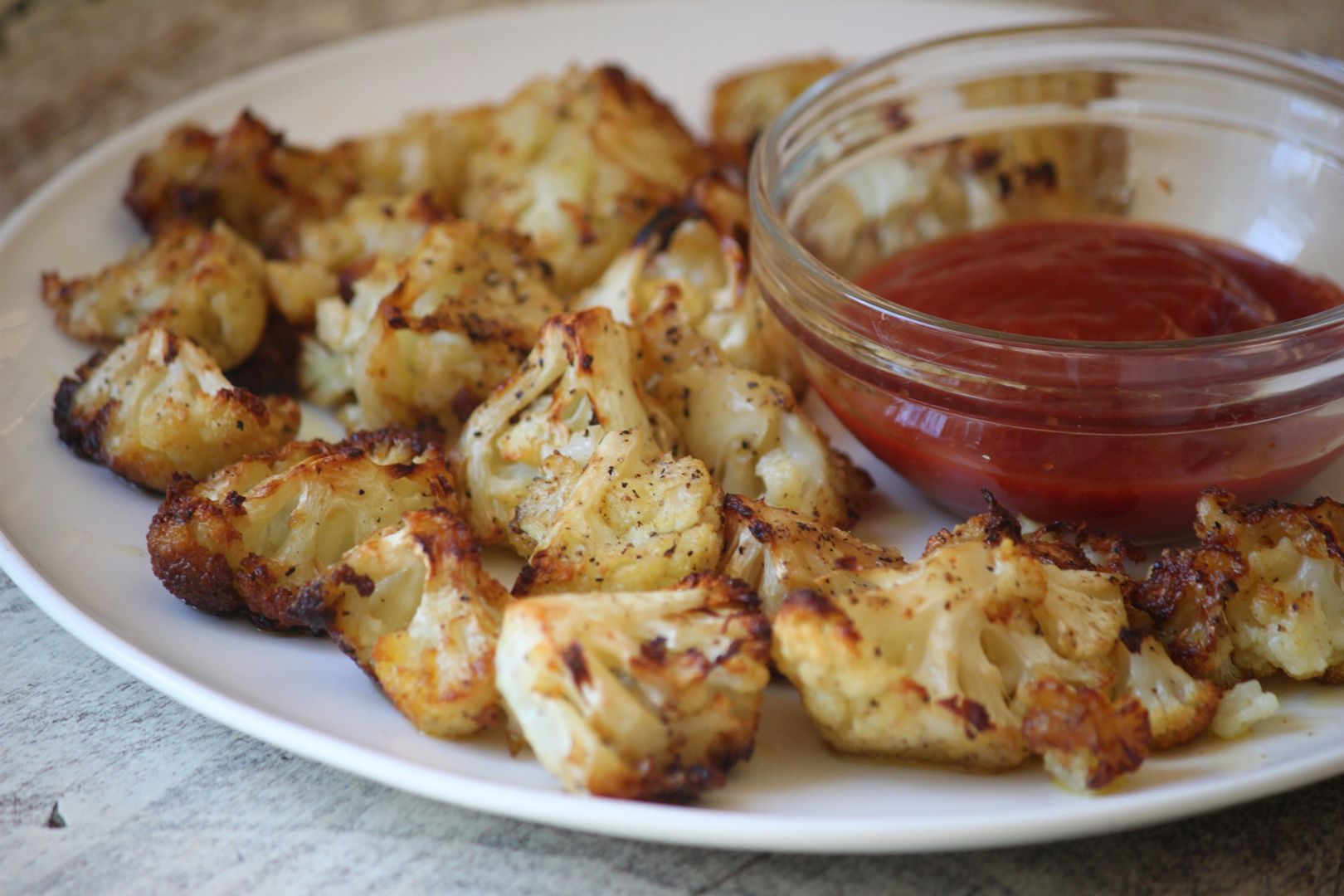yields about 6 cups granola
Ingredients:
for spice mix—
2 tsp cinnamon
1/2 tsp ground nutmeg
1/2 tsp ground ginger
1/4 tsp allspice
for candied pepitas—
2 cups pepitas (pumpkin seeds, raw)
1 tbsp butter
1/4 cup honey
1 tsbp brown sugar
1 tsp spice mix
sprinkle of salt
for granola assembly—
4 cups old fashioned oats
remaining spice mix
1 cup maple syrup
3 tbsp coconut oil
1 tsp salt
Directions:
Mix together all spice mix ingredients in a small bowl and set aside.
Melt the butter in a skillet set over medium high heat. Add the pumpkin seeds and 1 tsp of the spice mix. Toast seeds, stirring constantly, until golden brown. And honey and brown sugar and continue to cook while stirring for another two minutes. Carefully transfer and spread out candied seeds on a large sheet tray. Let cool for about 12 minutes, until no longer sticky. Break seeds up with a spatula to avoid sticking and set aside.
Place the oats, along with the remaining spice mix and salt, in a large bowl. Mix well.
Preheat oven to 325 degrees.
Combine the maple syrup and the coconut oil in a large skillet or small saucepot over high heat. Bring to a boil, then reduce heat and simmer for two minutes. Very carefully, pour the hot syrup over the oats. Toss well.
Spread out granola on two large sheet pans. Bake for about 25 minutes, tossing every five minutes. When done, remove granola from the oven and let cool. Place cooled granola in a large bowl with the candied pumpkin seeds and toss well so everything is incorporated.
Time:
1 hour

 8. Respect Your Body. Accept your genetic blueprint. Just as a person with a shoe size of eight would not expect to realistically squeeze into a size six, it is equally as futile (and uncomfortable) to have the same expectation with body size. But mostly, respect your body, so you can feel better about who you are. It's hard to reject the diet mentality if you are unrealistic and overly critical about your body shape.
8. Respect Your Body. Accept your genetic blueprint. Just as a person with a shoe size of eight would not expect to realistically squeeze into a size six, it is equally as futile (and uncomfortable) to have the same expectation with body size. But mostly, respect your body, so you can feel better about who you are. It's hard to reject the diet mentality if you are unrealistic and overly critical about your body shape.








